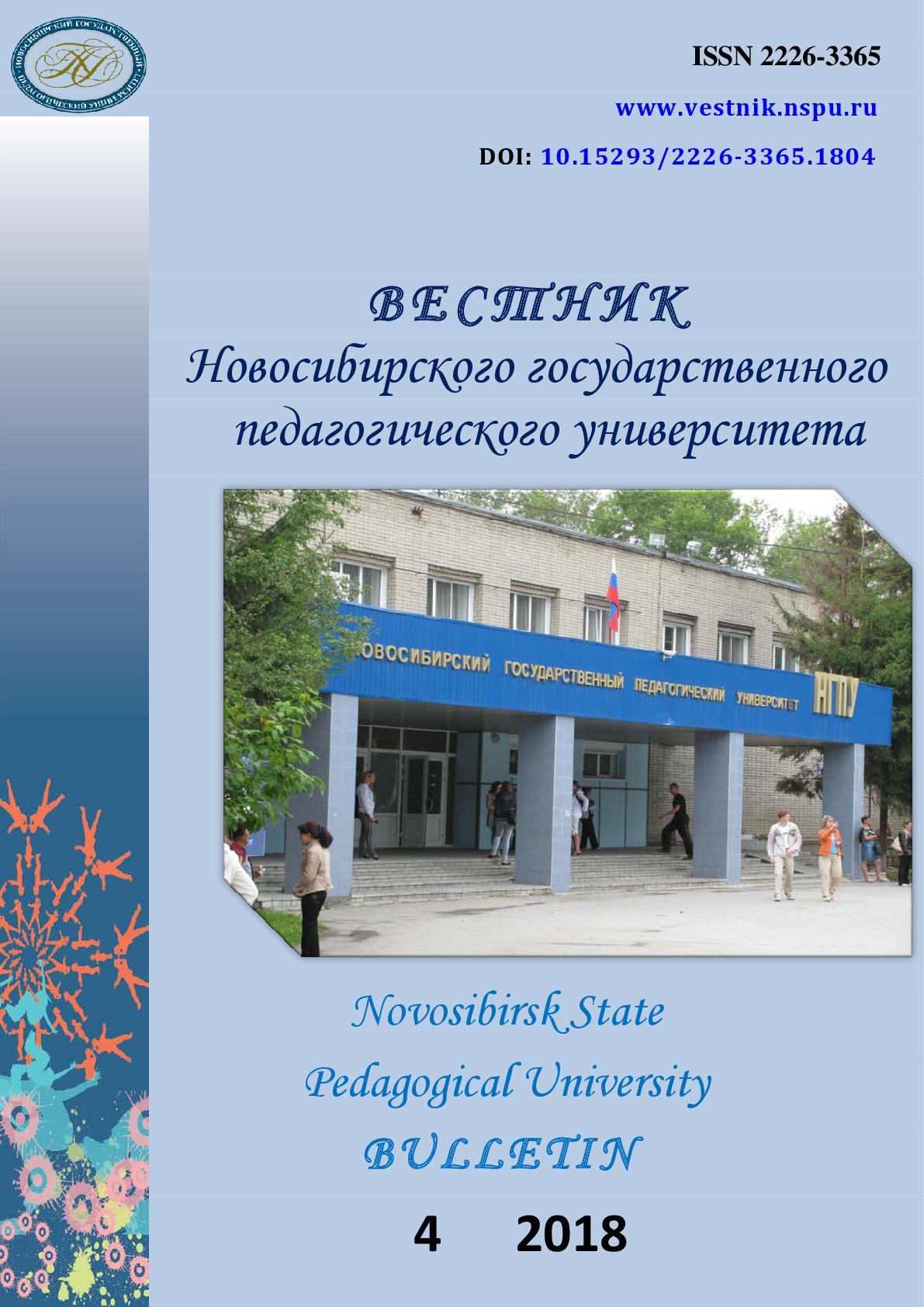Pedagogical approaches to teaching and adaptation of indigenous minority peoples of the North in higher educational institutions
Pedagogical approaches to teaching and adaptation of indigenous minority peoples of the North in higher educational institutions
Author(s): Alexandra Alexandrovna Sitnikova, Natalia Nikolaevna Pimenova, Antonina Igorevna FilkoSubject(s): Cultural Anthropology / Ethnology, Higher Education , Present Times (2010 - today), Ethnic Minorities Studies, Sociology of Education, Identity of Collectives
Published by: Новосибирский государственный педагогический университет
Keywords: Higher education; Adaptive environment; Northern territories; Indigenous peoples; Foreign experience; Ethno-cultural identity; Pre-university training;
Summary/Abstract: Introduction. This article presents the results of the scientific study aimed to develop measures to improve the adaptive environment for the minority indigenous peoples of the North in higher educational institutions in order to increase their number in student population of Russian institutions of higher education. The objective of the paper is to describe effective contemporary pedagogical approaches in higher educational institutions and a system of practical techniques for creating an adaptive educational environment in institutions of higher education which would facilitate an increase in students and graduates from the minority indigenous peoples. Materials and Methods. This article is based on the following universal scientific methods: analysis and synthesis, methods of field and sociological research from 2010 to 2017 in the northern districts of the Krasnoyarsk Territory, and the method of social design. Results. The research revealed two models of academic environments which could contribute to academic achievement of the minority indigenous peoples of the North: 1) the establishment of a specialized educational institution, the main benefit of which is using the native languages of the minority indigenous peoples of the North as languages of instruction and creating an adaptive infrastructure based on the particularities of their traditional lifestyle; 2) the integration of representatives of the minority indigenous population into the classical academic system of existing higher education institutions providing that a specialized adaptive system should be set up. Conclusions. The contemporary social and cultural situation of minority indigenous peoples of the North is worrisome in light of the fact that researchers are recording insufficient integration of these peoples into the industrial and post-industrial practices of the early 21st century. The problems outlined may be resolved by way of greater involvement of the indigenous minority peoples in the higher education system. The authors hope that proposed modern pedagogical approaches to teaching the minority indigenous peoples of the North in higher education institutions may facilitate the improvement of the social situation in the places where they are resident.
Journal: Вестник Новосибирского государственного педагогического университета
- Issue Year: 8/2018
- Issue No: 4
- Page Range: 26-45
- Page Count: 20
- Language: English

